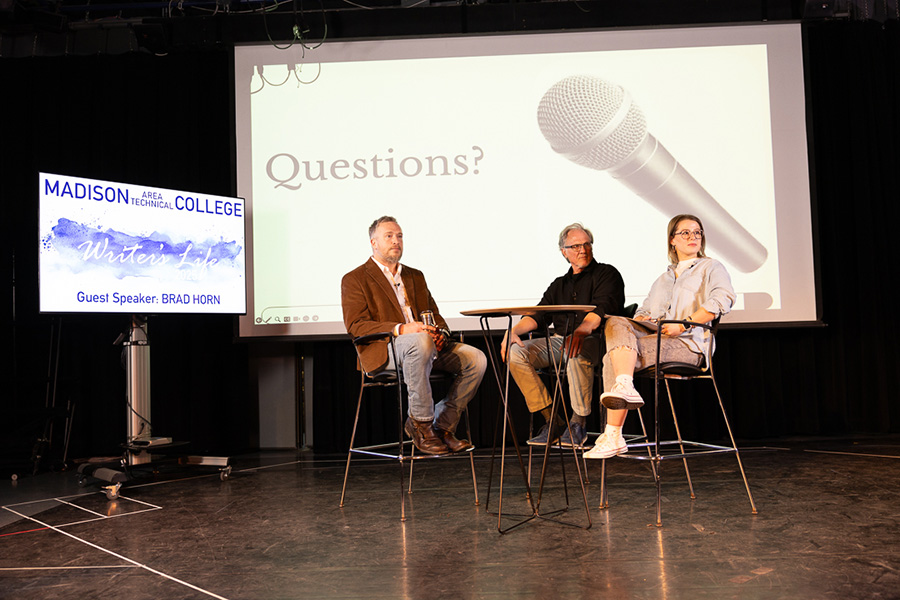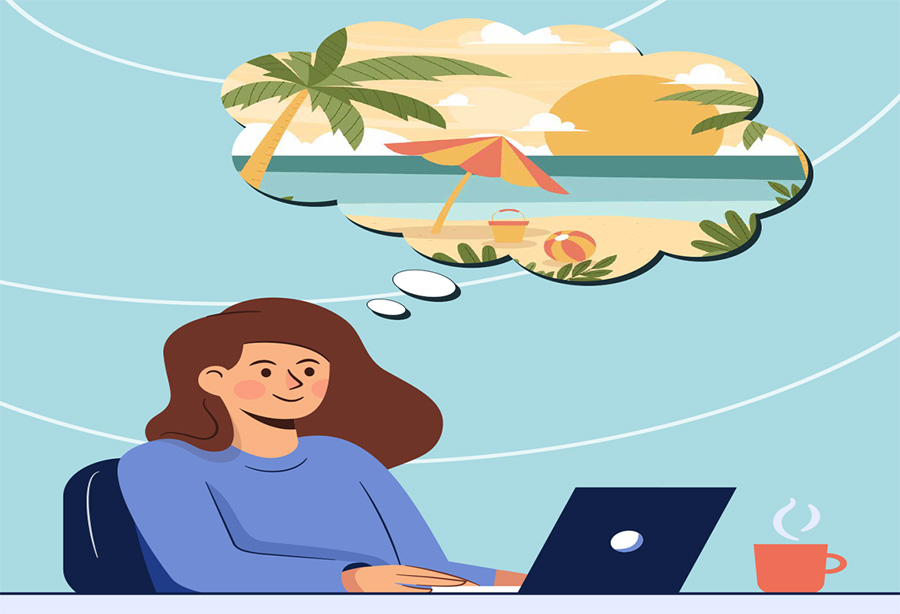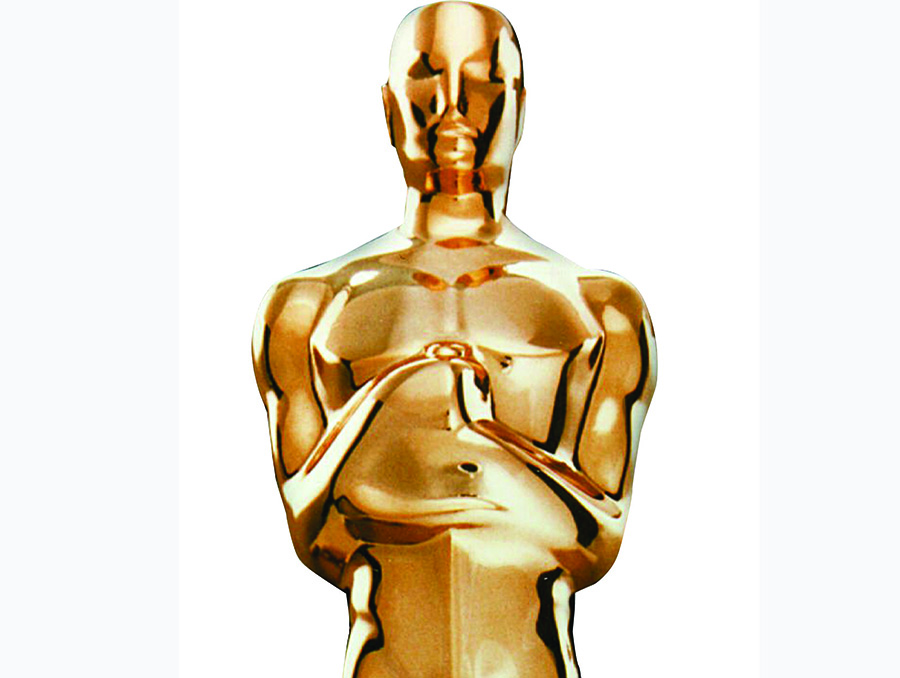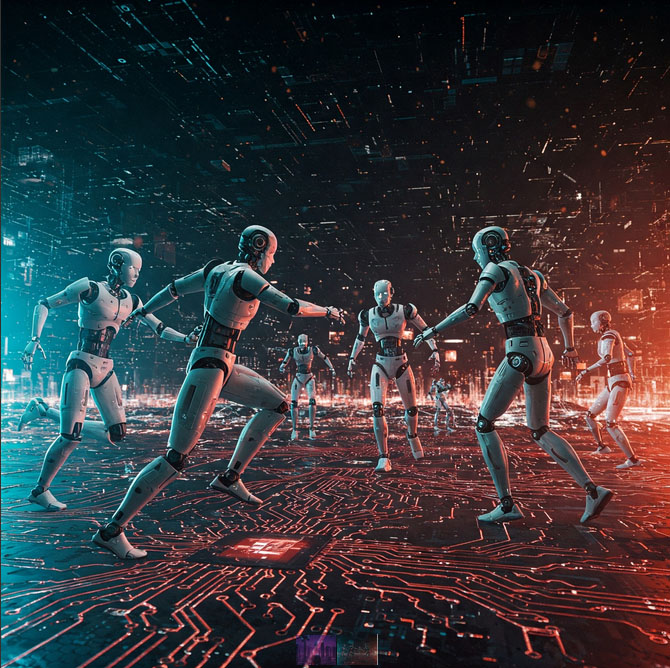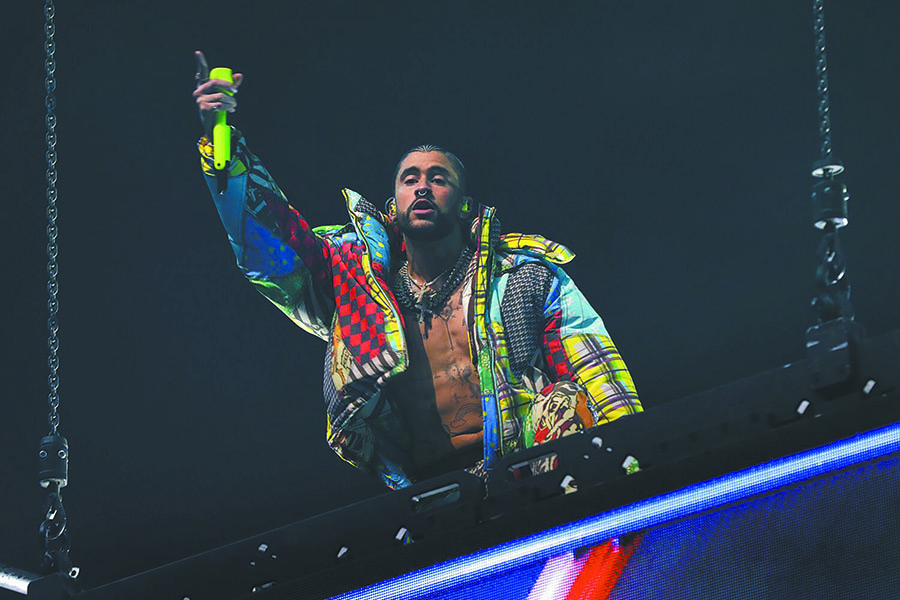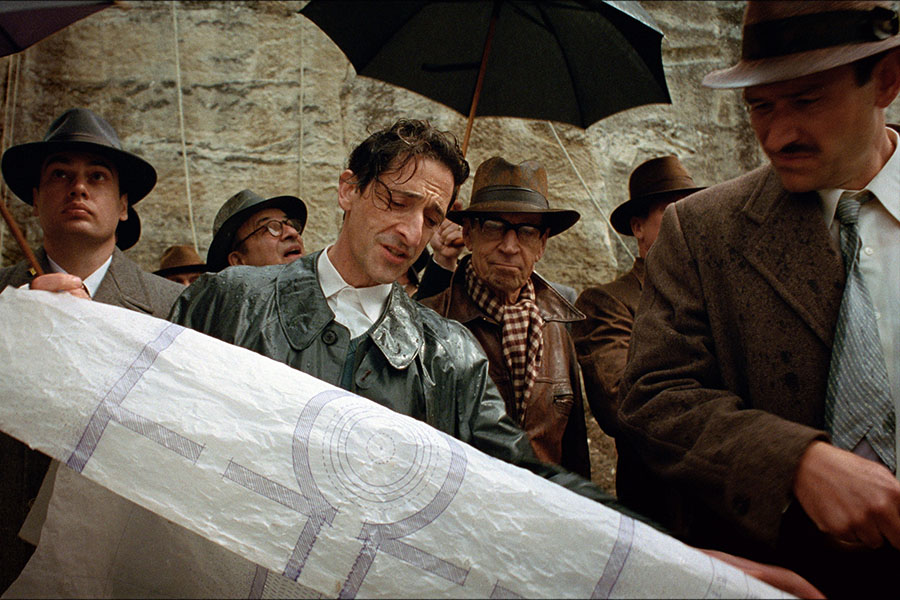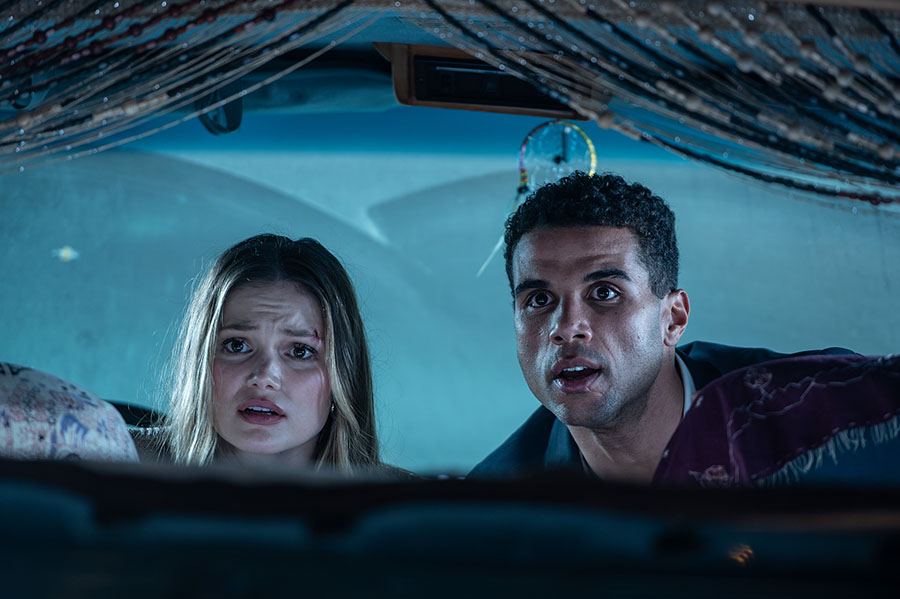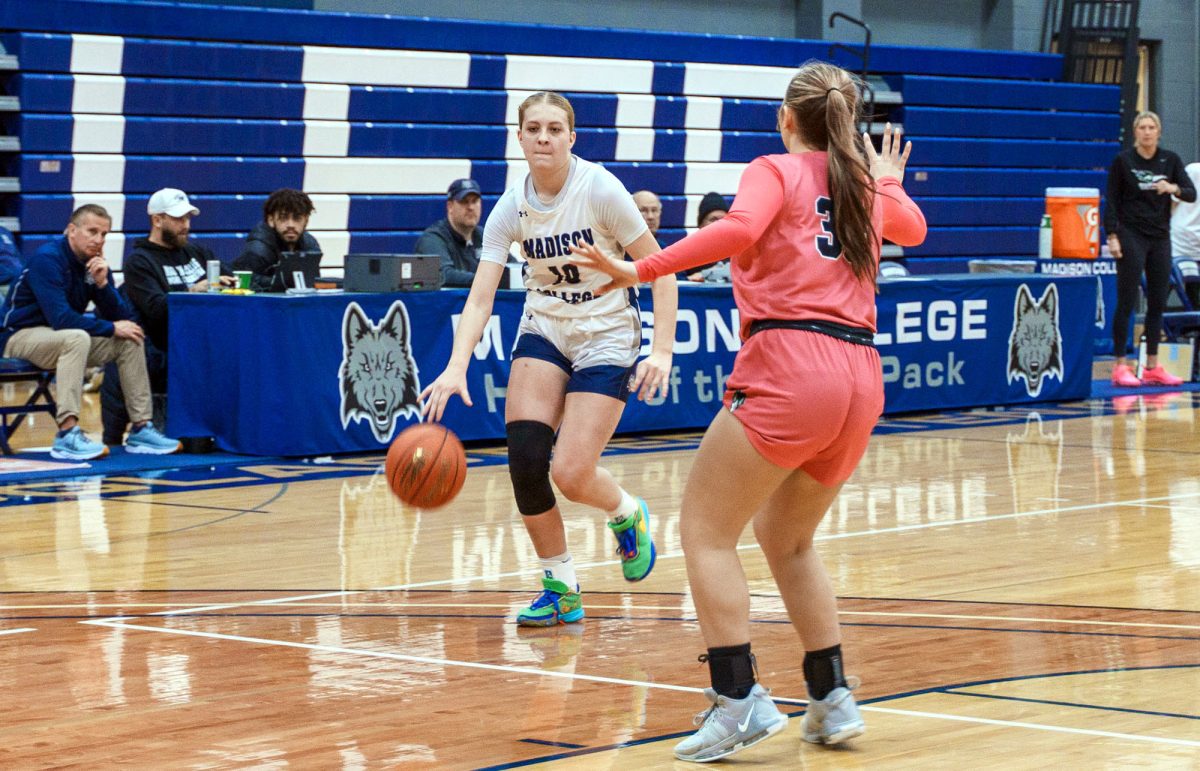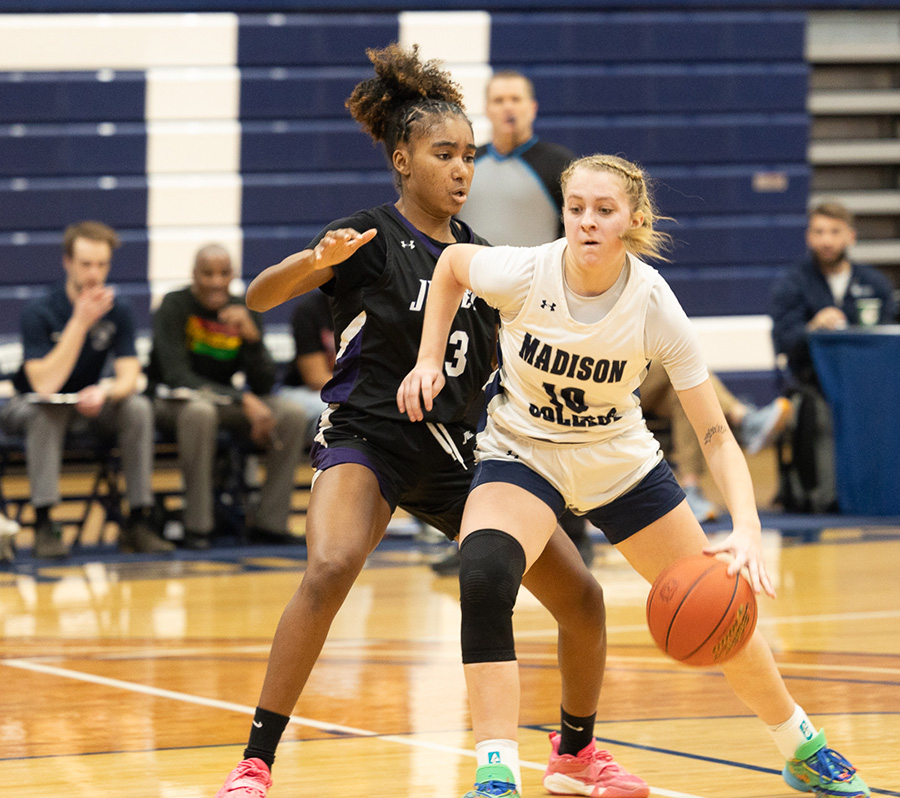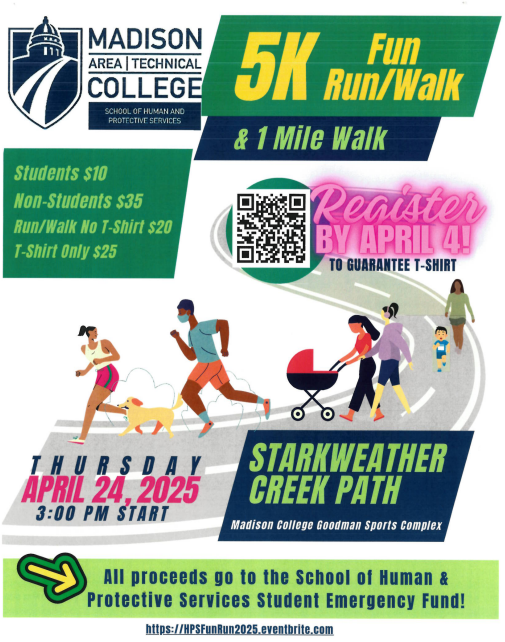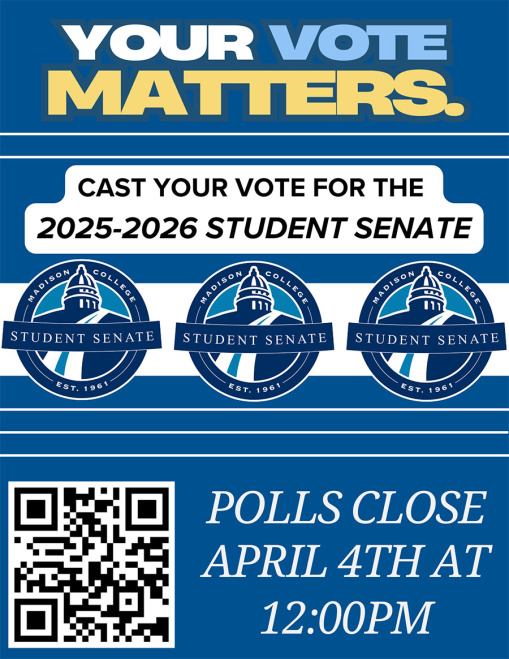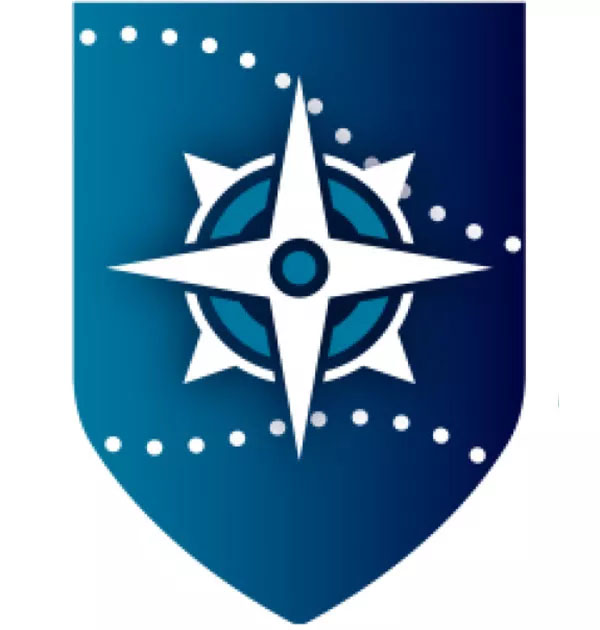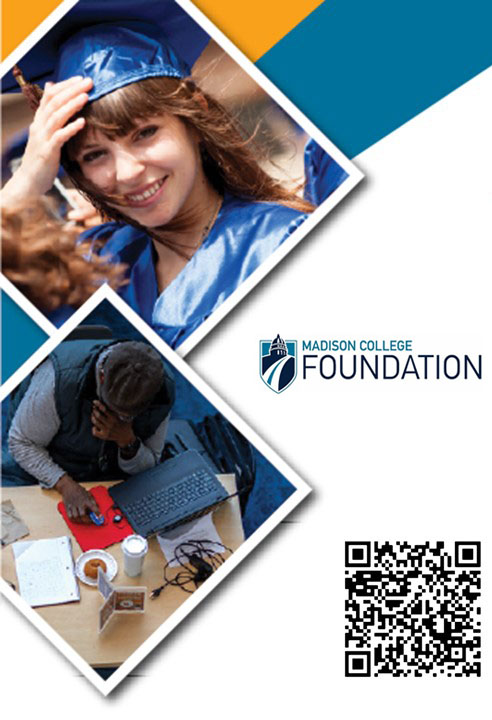7 reasons to read a ‘banned book’
September 21, 2016
When you really think about it everyone is guilty of banning books at one point or another. We limit children to picture books and happy fairy tales because they teach morals but we also do it because they are “safe.”
Parents don’t normally tell their children the version of “Little Red Riding Hood” where the Huntsman cuts open the wolf to retrieve the grandmother because it might be scary to some children.
Even today there are still parents, librarians, and even some governments that challenge or ban a specific piece of great literature. A lot of the time this is just for one specific section that can be taken completely out of context, and sometimes it’s because the whole book makes someone’s stomach turn.
In honor of the event people across the country call Banned Books Week, here are a few that I have recently pick up to see what all the fuss is really about.
“Saga: Volume One” by Brian K. Vaughan and Fiona Staples
“This is how an idea becomes real. But ideas are fragile things. Most don’t live long outside of the ether from which they pulled, kicking and screaming. That’s why people create with someone else. Two minds can sometimes improve the odds of an idea’s survival… but there are no guarantees. Anyway, this is the day I was born.”
This is a love story. These are some of the first lines from a graphic novel series entitled “Saga.” True, it is a graphic love story with some offensive language, but it’s still a love story. The first volume of the series begins with the birth of the main character’s daughter, who occasionally narrates parts of the series. Alana and Marko are both soldiers on opposites sides of the same war. They end up falling in love with each other and breaking a lot of laws to protect their little family.
Now the story has been challenged because of sexual content, anti-family, nudity, offensive language, and unsuited for age group since the series debuted on March 2012. “Saga” was written with a very powerful message that seems to have gotten lost in translation. For one thing, how this story could be considered anti-family is beyond me. Alana and Marko are fighting against bounty hunters, royalty, and their own races to protect their daughter. They risk their safety, go against their own beliefs, and sometimes even each other to keep her safe. How can something that powerful be considered anti-family?
At the same time, there is a war going on. Race wars are not unheard of and “Saga” brings some of the issues that people face with this heavy subject. Child slavery, unfair treatment of war prisoners, racism, gender roles, and even religion are just some of the subject that the story covers, and that’s just the first volume. Imagine what the rest of the series has to offer.
“Saga” sucks you in and before you know it the book is over. It’s a creative story that leaves you wanting more. The beautiful story and artwork make this series a masterpiece.
“American Psycho” by Bret Ellis Easton
The title basically tells you what this book is going to be about, but after reading it I know that “American Psycho” is a pretty tame name for a very disturbing book.
I thought it was a joke when the author took three pages to describe, in detail, what the character does every morning. But as I continued to read, the author started slipping in quick hits about how psychotic state of the main character.
Bret Ellis Easton did a brilliant job creating the character of Patrick Bateman. One second the character is talking about proper suit attire and the next he is getting off on a movie that features a girl getting killed with a drill. It’s an unexpected way to introduce this man’s psychotic behavior, but I admit it made a strong impression on this reader.
“Carrie” by Stephen King
Stephen King threw this story away when he first started writing it. He was 26 years old, working at a high school, when he got the idea for the iconic first scene of the novel, “Carrie.”
After writing that scene he decided that he didn’t know enough about teenage girls to continue.
I have to thank his wife, Tabby, for taking that story out of the trash and telling King to keep going. “Carrie” is an extremely well written novel about a girl that is not only telekinetic but also bullied to the extreme.
For those who have seen the 1970s movie and think that you know the story, you should pick up this book.
“Frankenstein” by Mary Shelley
Who doesn’t know the story of Dr. Victor Frankenstein and his creature? This is a story that has been retold so many times over the years that it’s hard not to know about it. I was wrong when I expected this selection to be similar to the other versions out there.
Mary Shelley wrote her book in a style very true to her time period, with long narrations and very little dialogue from the actual characters. The book also gives you the creature’s perspective at one point, which was a nice change.
This is a tough book to read, but you feel good about having finished it when you turn the last page.
“Looking for Alaska” by John Green
Young adults novels are typically something along the lines of boy meets girl, boy likes girl, something dramatic happens that turns the character’s world upside down, and they both end up living happily ever after. Then there are young adult novel written by John Green.
“Looking for Alaska” is one of this most frequently challenged books of the last year. Most challenges are based offensive language, sexually explicit scenes, and being unsuited for age group, but this is John Green. You cannot pick out one scene from any of his books and expect it to give you an idea about what happens throughout the whole story.
“Looking for Alaska” focuses on a character that has been deemed Pudge by his new friends at Culver Creek Boarding School. Among them is the beautiful, smart, self-destructive bookworm Alaska Young. This is not a love story, but it is a story that you’ll love.
“Speak” by Laurie Halse Anderson
This novel is an example of what can happen to people when they don’t know how to handle something. “Speak” is narrated from the perspective of a young girl named Melinda, who was raped at a party over the summer.
The story’s official start is at the beginning of her freshman year of high school. She is an outcast because she called the cops at the party, and her only comfort is in art. It’s really sad that we live in a world where someone would even consider challenging or banning this book.
Though the subject matter is very sensitive, there is also a need for more books like these. It shows teenagers that there is help out there. Depression, anxiety, fear and all other types of emotionally crippling events happen to people no matter their race, age, or gender. There was nothing graphic or offensive about this book. It’s just what one girl did when faced with something that no one should have to go through.
“The Great Gatsby” by F. Scott Fitzgerald
They say to write what you know, and for F. Scott Fitzgerald it was the Jazz Age. The time in American history when alcohol was illegal, parties were wild, and morals were more than questionable for some people.
This classic novel is a lot like the young adult novels of today. A new kid comes in and doesn’t really understand how this new world works. The kid dives in headfirst and makes a few friend, and before the kid realizes it he has become part of that cliché.
However, “The Great Gatsby” does not stay true to the young adult novel dynamics that many authors follow today. Fitzgerald uses excellent word choices to paint a story that is fun, mysterious, and captivating.
I highly recommend that if you enjoyed Leonardo Dicaprio’s portrayal of Jay Gatsby that you pick up a copy of the original story about a mysterious man who can throw one hell of a party.



